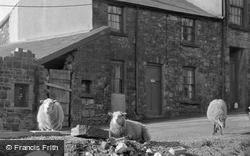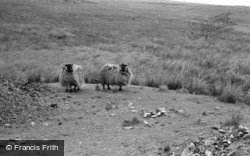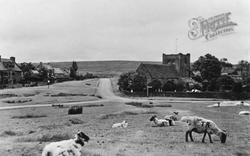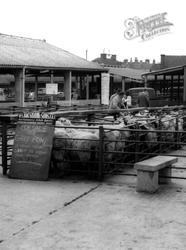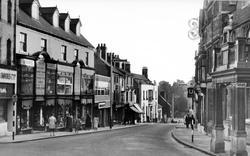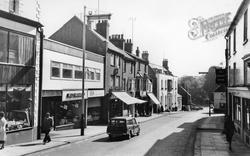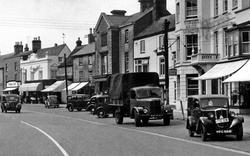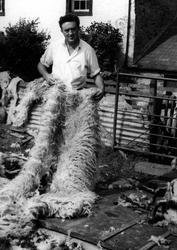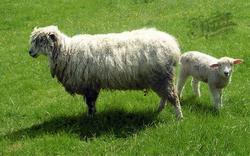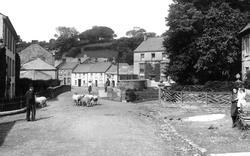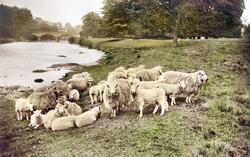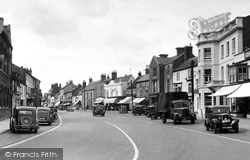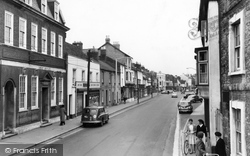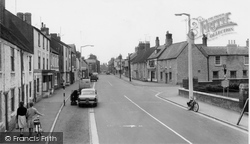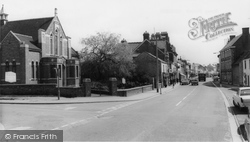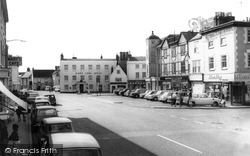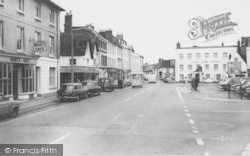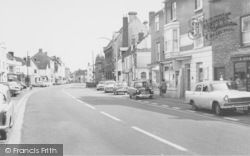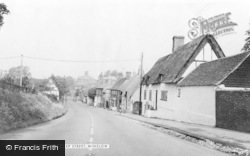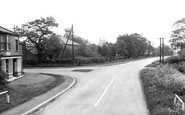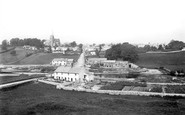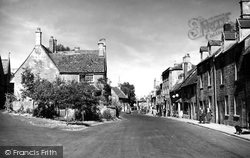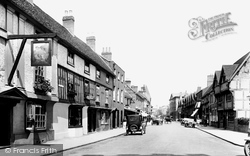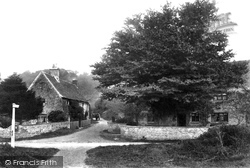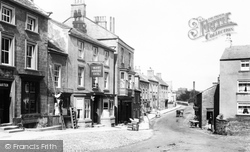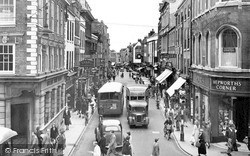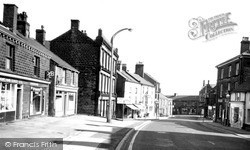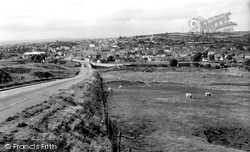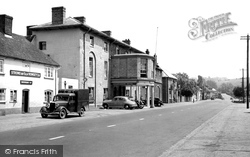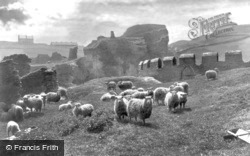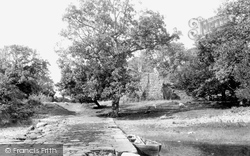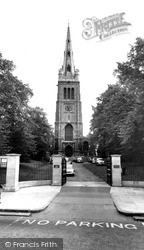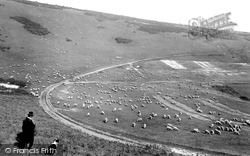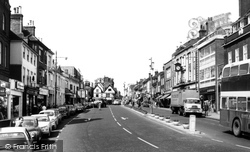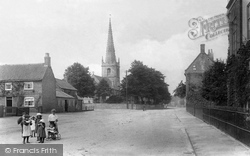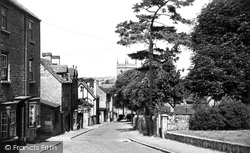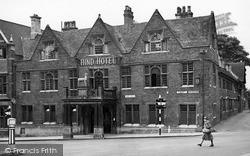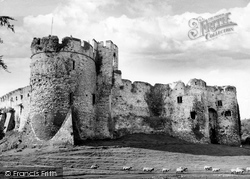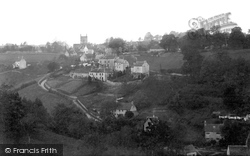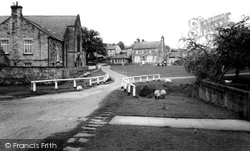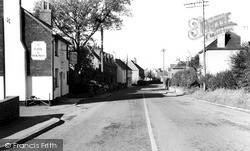Places
1 places found.
Those places high-lighted have photos. All locations may have maps, books and memories.
Photos
217 photos found. Showing results 61 to 80.
Maps
38 maps found.
Books
Sorry, no books were found that related to your search.
Memories
226 memories found. Showing results 31 to 40.
Holiday In Carbost June 2008
My friend and I spent a very enjoyable holiday in Carbost this year - pity there are no old photos of the place. We stayed in the Old Inn, and later on in the Langal guesthouse, as the Old Inn was ...Read more
A memory of Carbost in 2008 by
My Home Hawkhurst
I grew up in hawkhurst , i lived in gills green in hawkhurst , hawkhurst has a close community everybody knew everybody , most familys that lived there had lived there for years even generations . my dads family had lived there ...Read more
A memory of Hawkhurst in 1982 by
Poplar Farm On The A614
My aunt Joyce Blacker (nee Watson), and uncle Earnest used to live here, along with my cousins, Christine, Pauline and Magaret. I think it was next to a garage with a cafe or something. They had sheep and pigs on ...Read more
A memory of Holme in 1972 by
First Love
1995 was the best year of my life, I was aged 13 and I was totally besotted with a lad in the village called James Power, he was working with a local builder from Penmachno called Jeremy McWilliam. I loved the way he was of being the ...Read more
A memory of Cwm in 1993 by
Our Honeymoon
These pictures bring back delightful memories! We spent a week of our honeymoon in the 16th century mill at Lydia Bridge. Across the lawn was a view of the brook and early spring flowers. We stepped outside to the sound of the ...Read more
A memory of South Brent in 1999 by
Living In North Boarhunt 1965 1968
My parents moved to North Boarhunt in 1964/65. We lived at the top of Trampers Lane - sideways to what was then Doney's Garage. Our house was called "Tryfan". I went to Newton Primary School and have very ...Read more
A memory of North Boarhunt in 1965 by
Early Years Of My Life
I was born in 1936 in Shipley nursing home and we lived at 1 The Green, Micklethwaite until 1944. My father died in 1941 and my mother was left with me and brother John, surname Walker, to bring up on her own. ...Read more
A memory of Micklethwaite in 1930 by
Evacuee During World War 2
I was privately evacuated to Croxton Kerrial with my sister in 1940, we were billeted in a cottage named Woodbine Cottage, this was next to the Bakery. We attended the village school, I still remember some of the ...Read more
A memory of Croxton Kerrial in 1940 by
Tommy Wiggins
Tommy Wiggins was a small-built man, he had round John Lennon NHS glasses, and had the Corner Farm in Fencott. He was a great friend of my grandfather, Charlie Hayes, and once every 2 weeks my grandfather peddled all the way from ...Read more
A memory of Fencott in 1966 by
My Childhood In Burton In The 50's And 60's
I was born in the village in 1949, in an end terrace No.1 Woodview. It was down a small road in the centre of the village and at the top, I believe at one time there was a timber yard/sawmill. ...Read more
A memory of Burton in Lonsdale by
Captions
200 captions found. Showing results 73 to 96.
Inspired by the Arts and Crafts movement, they set up business in a former silk mill in Sheep Street. To this day the town remains a centre of fine craftsmanship.
At the corner with Sheep Street stands the town hall, which dates from 1767; on this building is a statue of the Bard presented by David Garrick.
It was not always quiet on the streets of Penistone; until 1910 cattle and sheep were sold in the streets on Thursdays, and many a deal was struck over a pint or two at the Spread Eagle Hotel.
One of Masham's distinctive features is its large market place, where fairs would see as many as 70,000 to 80,000 sheep and lambs up for sale.
It has been an important commercial street for centuries and during late medieval times was the location for a sheep market.
It was not always quiet on the streets of Penistone; until 1910 cattle and sheep were sold in the streets on Thursdays, and many a deal was struck over a pint or two at the Spread Eagle Hotel.
Sheep feeding on the fringes of a valley town are still a common sight.
Until 1932, sheep fairs were held here.
A flock of white-nosed Swaledale sheep are driven down the road from the village green by a shepherd and his dog in the Upper Wharfedale village of Buckden in the Yorkshire Dales.
Here, the ragged clouds and the sheep shining in the stormy light combine to create a fanciful, romantic scene.
Behind the rowing boat and the landing stage, sheep can be seen grazing amidst the ruins of the abbey, which was founded in the seventh century.
From Sheep Street the driveway to a tier of wide steps approaches the church.
In direct contrast to the over-populated coastal plain, the South Downs remained relatively deserted for centuries, for sheep require very few human guardians.
The broad expanse of what had been Ashford's original market place and a rendezvous for Kent's sheep and cattle farmers had, by the mid 1950s, been bisected by a central traffic reservation and new road
Sheep Street, possibly Ship Street or Cheap Street, is shown here a hundred years ago, with most of the houses still intact today.
Adopting enclosure meant that sheep and cattle could be kept away from crops.
Legend says that a priest in olden times evicted five devils from the building, pursuing them up to the Market Place and into a flock of sheep.
At the top of Sheep Street is the largely 17th-century Hind Hotel, perhaps the best secular building in the town.
In 1913, the castle was overrun with actors rather than sheep as Marten`s Tower and the Main Gatehouse looked down on the making of the film Ivanhoe.
Horsley is approached from the north by the main road from Nailsworth, middle right, and by a steep lane leading from the attractive hamlet of Washpool, bottom right, where the remains
Sheep safely graze on the village green in Danby, a pretty village on the northern edge of the North York Moors. Note the chapel on the left.
Huge sheep markets were held here, and the farmers and buyers refreshed themselves in the Woolpack, a convenient public house across the road from the castle.
Little of the early village, which was once surrounded by large areas of open sheep pasture, has survived.
The landscape in this photograph gives the appearance of great antiquity, with low stone walls and irregularly-shaped fields where sheep graze.
Places (1)
Photos (217)
Memories (226)
Books (0)
Maps (38)


